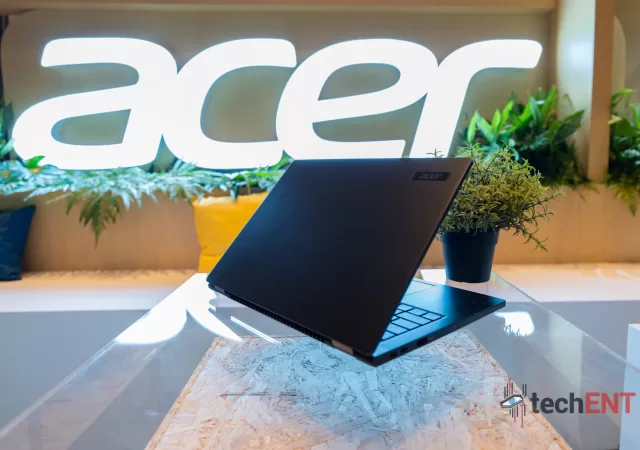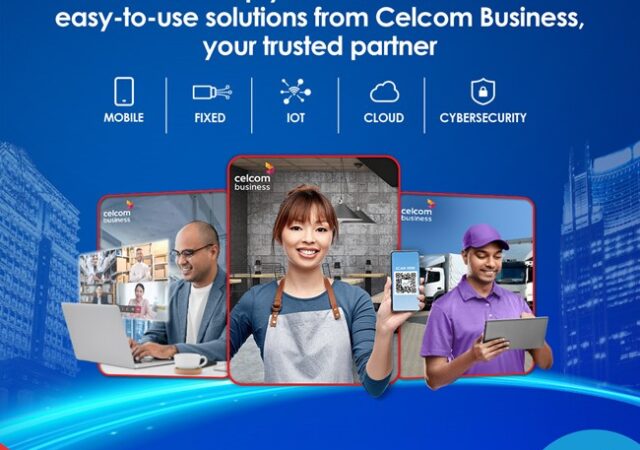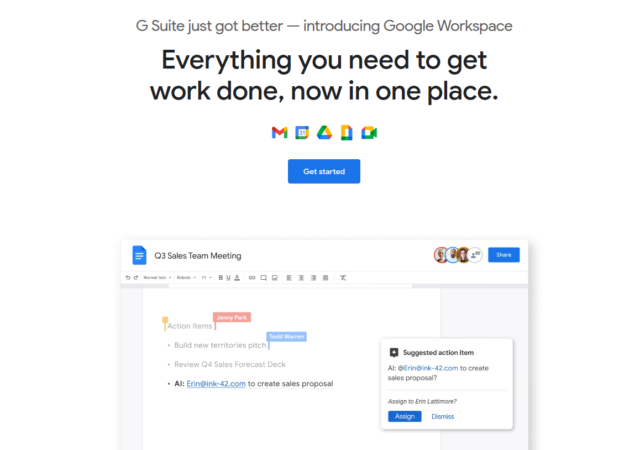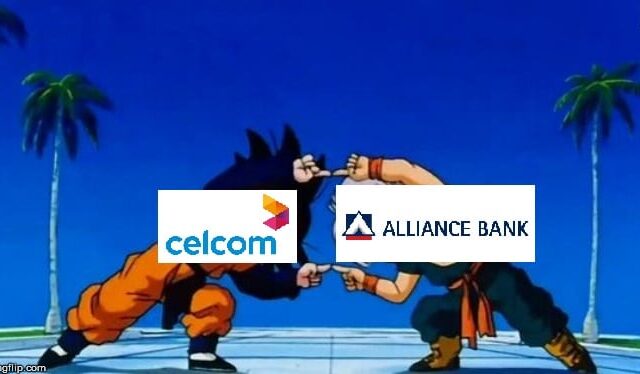Unity Software Inc., a big player in video game engine software, has hit the reset button and is laying off 25% of their workforce (1,800 jobs). This news comes as part of the new interim CEO Jim Whitehurst, former CEO…
Acer Launches New TravelMate Laptops and Veriton Desktops – More Plastics, yet More Sustainable, More Durable
Acer Malaysia launches the new TraveMate and Veriton series with sustainability in mind while also offering business workhorses
Celcom Business – The Trusted Partner to Accelerating Your Success
Celcom Business is your key partner when it comes to easy and quick integrated digitalisation of your business at any scale.
G Suite is now Google Workspace – New Colours, New Features
Google’s G Suite is now rebranded to Google Workspace. Google Workspace is everything G Suite is with a few visual changes and upgrades.
Celcom x Alliance Bank – Value for SMEs
Celcom recently announced their Business Suite for Retail. What is that? The Business Suite is technically their service plan. You can liken them to the Celcom Mobile or Internet plan; the only difference is that the Business Suite, as the…








